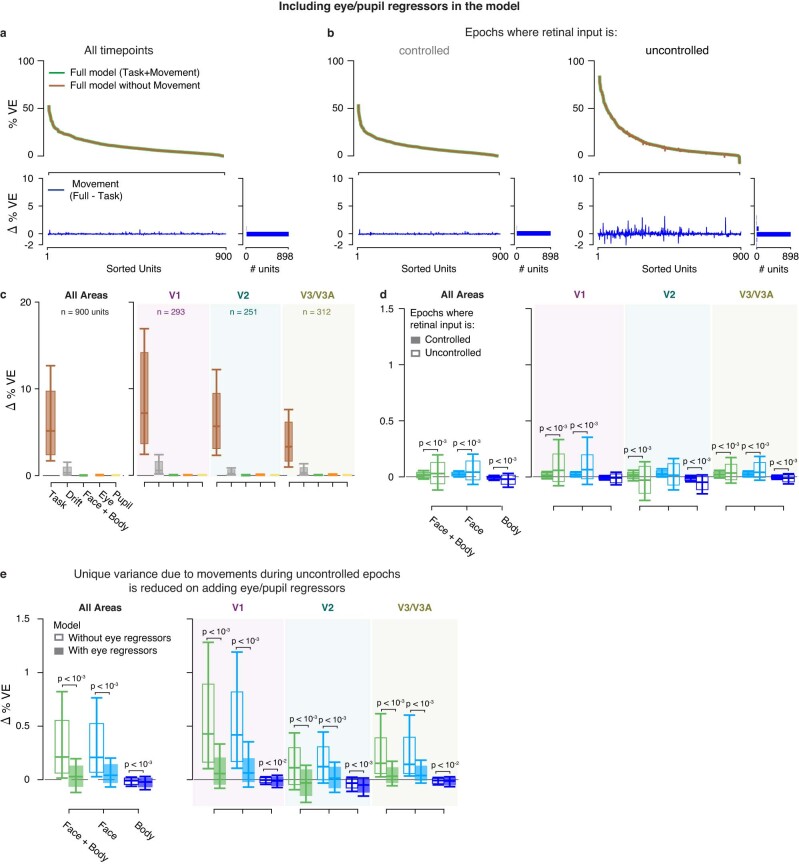Extended Data Fig. 6. Linear encoding model fits, including eye and pupil covariates.
Eye movements and pupil size were recorded using a separate camera (eye-tracker camera, see Methods). Horizontal and vertical eye movements, eye-speed, pupil diameter, and derivative of pupil diameter were used as additional regressors to model neural variability due to eye-movements. (a-d) Model fits for n = 900 units from both animals; format as in Fig. 2d–g. (e) Comparison of unique variance due to face and body movements during uncontrolled retinal input epochs between models with and without eye and pupil covariates. Adding the covariates substantially reduced the unique variance due to face movements during uncontrolled epochs, suggesting that the motion components extracted from the face camera also captured eye-movements that change the retinal input. Box plots, inter-quartile range; whiskers, range covering 66 percentile of the data; solid lines inside the box plots, median across units. P-values obtained using two-sided permutation test, uncorrected for multiple comparisons. d, e: Data for V1, V2, V3/V3A are shaded in purple, green and brown, respectively.

